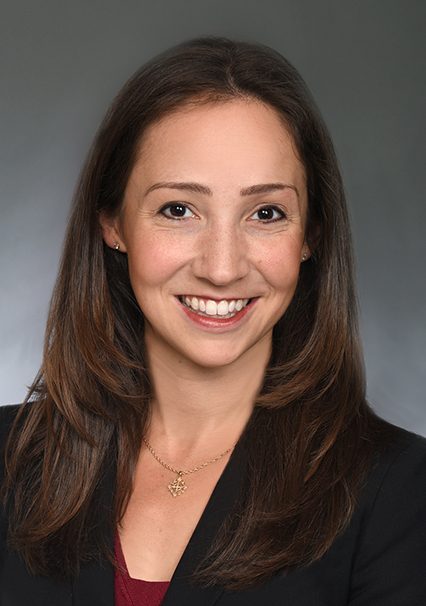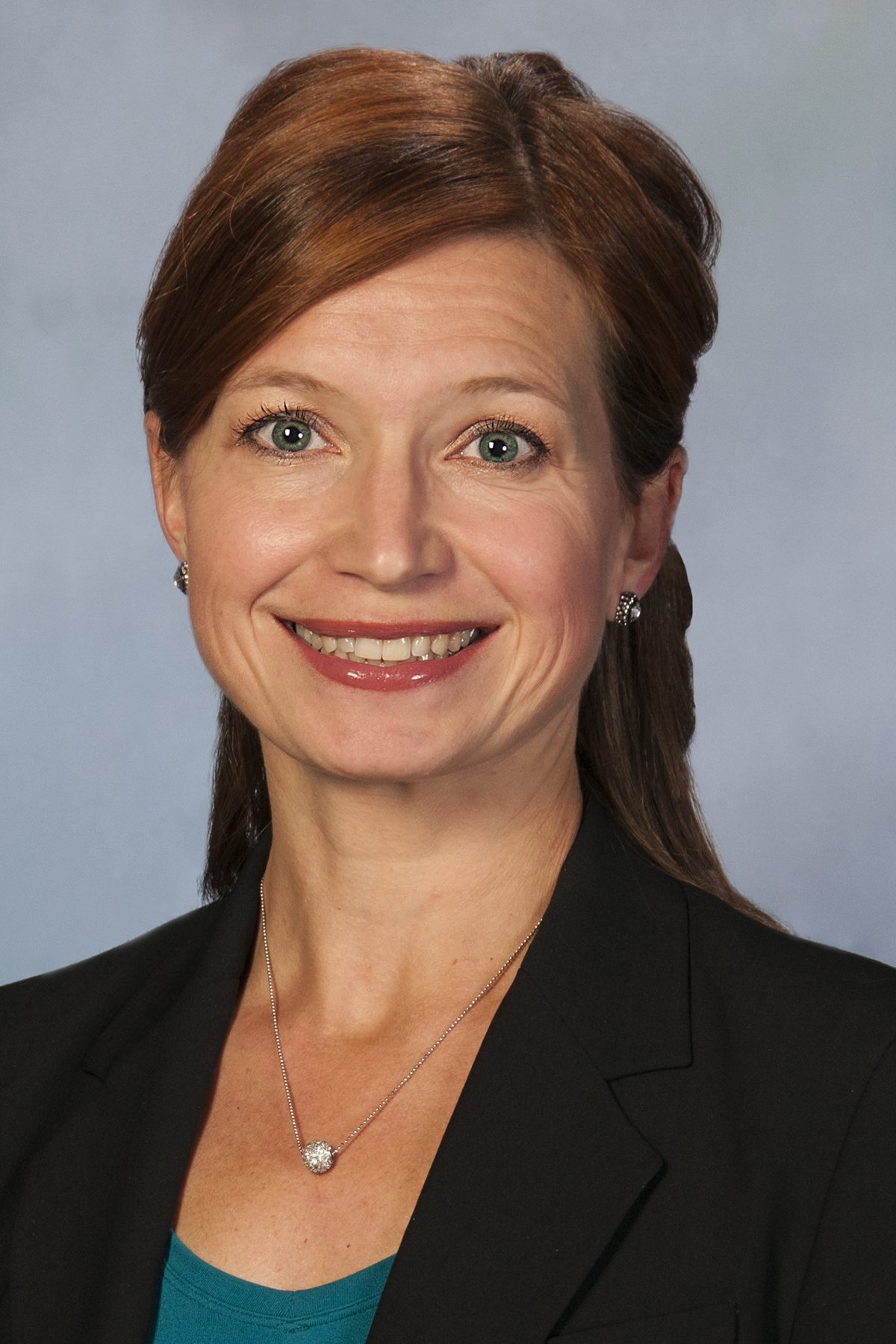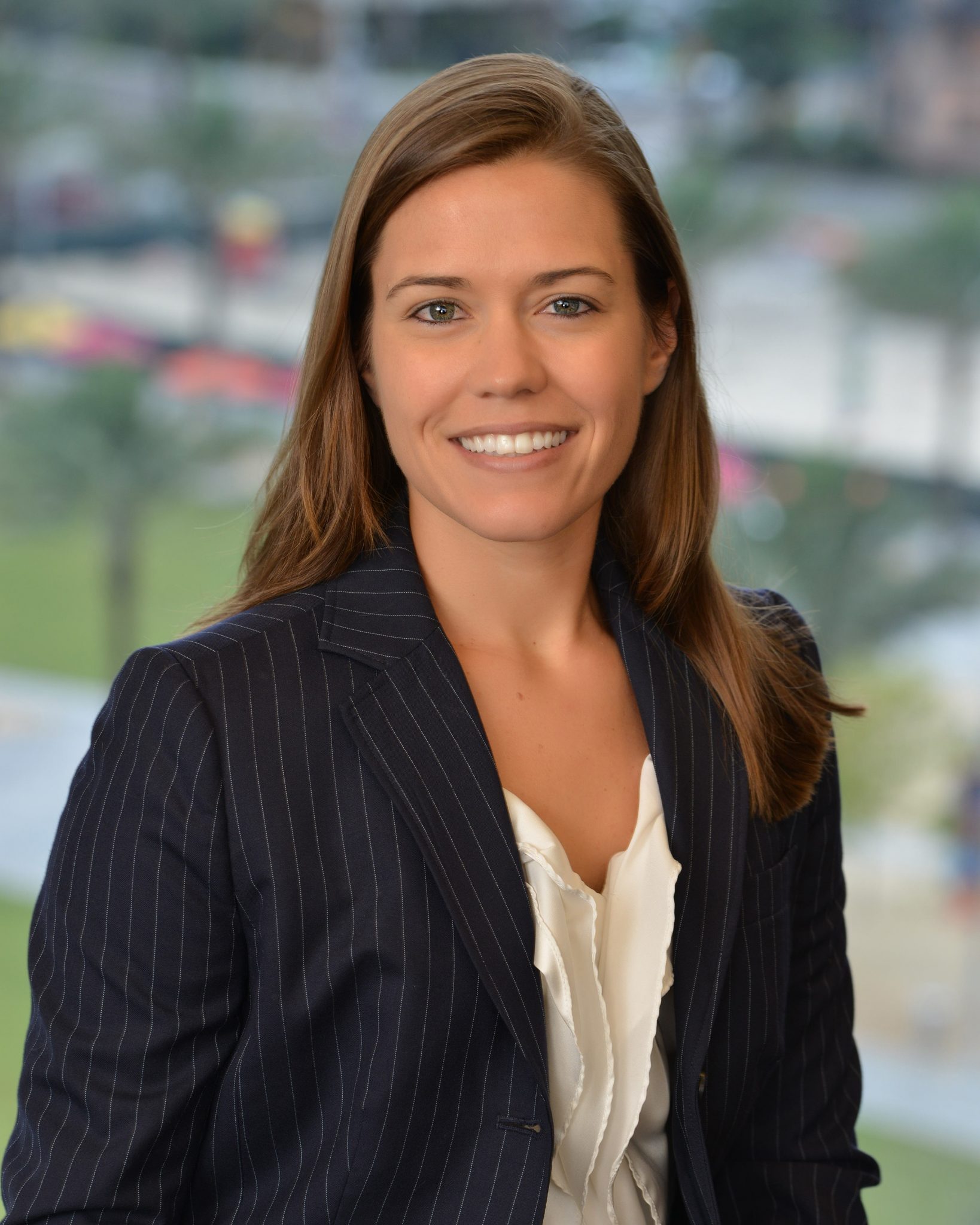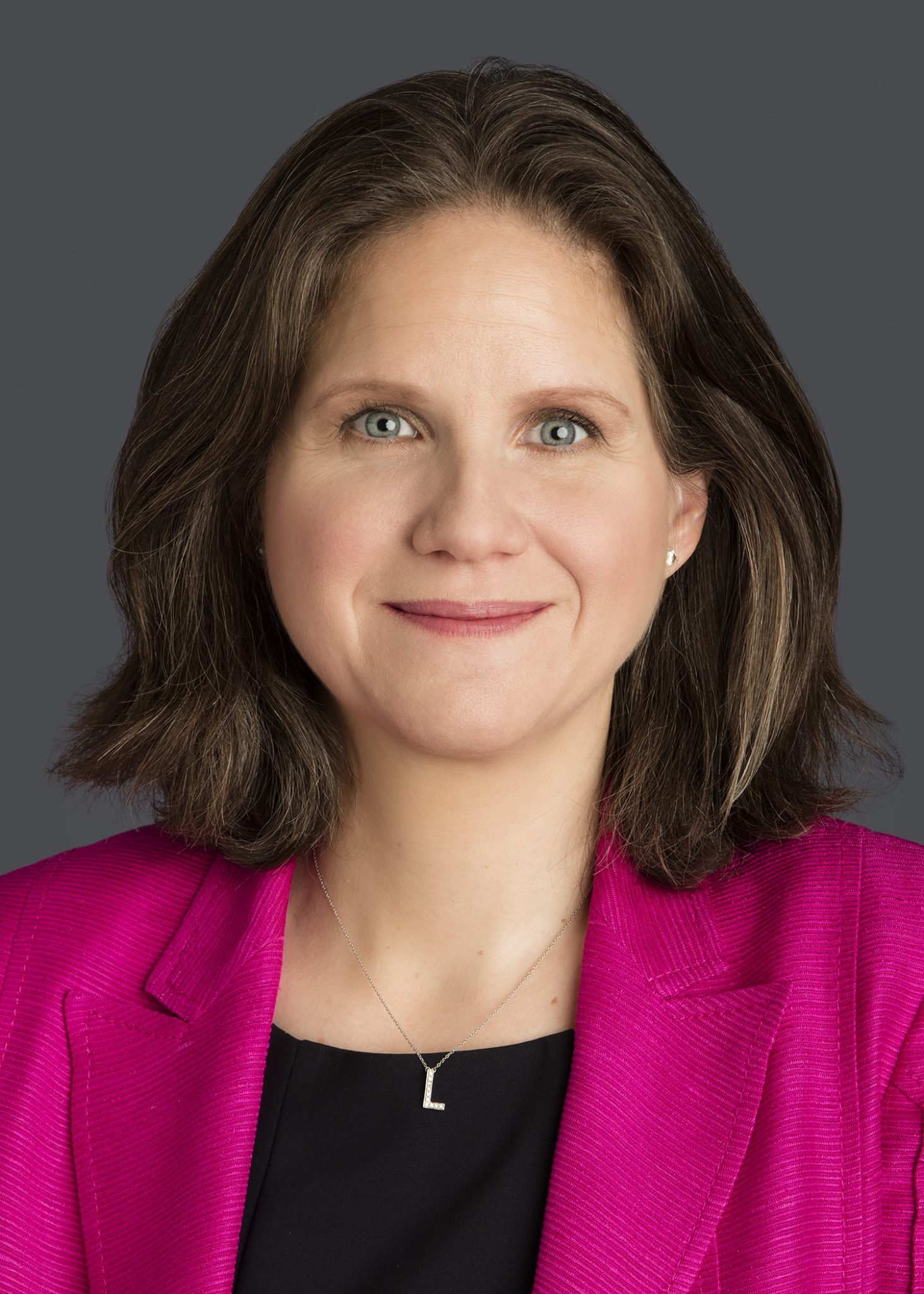The Alliance’s Action Steps are designed to assist organizations with implementing practical strategies and policies related to diversity and flexibility. Members can access full versions of all of the Alliance’s Action Steps in the Member Resource Center.
Many organizations are offering coaching services to employees in order to help support them with various stages of their careers and lives. Professional coaches can help employees foster their career development and work-life autonomy, help enhance specific skills, and/or assist employees during pivotal career promotions and transitions. Organizations can successfully create and implement coaching programs by focusing on key areas: Selection, integration, Reporting, and Monitoring to make sure coaching services are being effectively utilized and meeting objectives such as promoting talent retention and work satisfaction.
SELECTION: The first step in ensuring a successful coaching program is to select a professional coach with the right expertise, background, and fit for the organization. For coaching programs focused on certain professionals or specific objectives, it is important for the coach to have an expertise in that area. For instance, if a coaching program is targeted to help parents or flex employees, the professional coach should have significant experience with diversity and inclusion matters, work-life autonomy issues, and career development. During this selection process, talent management professionals should meet with potential coaches to understand their background, expertise, and resources. Organizations can also consider rolling out a pilot coaching program by offering coaching services to certain departments in order to assess whether the professional coach is the right fit and whether such coaching services would be helpful on a broader scale…



 We also take our own advice to heart. We couldn’t provide the advice that we do without backing it up with sound data. Over the last five years we’ve been able to advise our members on the challenges, opportunities and future trends in flexibility in the legal industry by surveying top US law firms. Initially, our benchmarking survey revolved around whether firms actually had a written flexibility policy. The survey has evolved to include expanded questions on different types of flexibility and leave policies offered and the types of employees, by race, gender, sexual orientation and position, who actually use the policy. For example, do attorneys on a partnership track feel comfortable telecommuting? Are those returning from caregiver leave provided support, tools and fair compensation? Does the firm use surveys, interviews, evaluations and pilot programs to ensure that the program is meeting the needs of its employees?
We also take our own advice to heart. We couldn’t provide the advice that we do without backing it up with sound data. Over the last five years we’ve been able to advise our members on the challenges, opportunities and future trends in flexibility in the legal industry by surveying top US law firms. Initially, our benchmarking survey revolved around whether firms actually had a written flexibility policy. The survey has evolved to include expanded questions on different types of flexibility and leave policies offered and the types of employees, by race, gender, sexual orientation and position, who actually use the policy. For example, do attorneys on a partnership track feel comfortable telecommuting? Are those returning from caregiver leave provided support, tools and fair compensation? Does the firm use surveys, interviews, evaluations and pilot programs to ensure that the program is meeting the needs of its employees?


